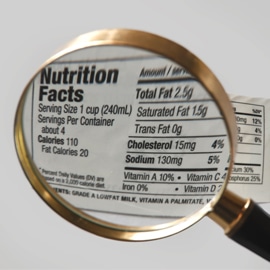
Nutrition Labels and Weight Loss
While it might seem like it will take years to understand what is healthy and what is not, this isn’t the case. Luckily for you, there are simple cheat sheets posted on every package of food and drink sold in the United States. All you need to do is learn how to read a nutrition label and you will be able to start making educated decisions about what to eat and what not to eat.
 While following your weight loss program in Denver, you won’t have to think all too hard about the foods you are eating. The OPTIFAST diet plan makes meal choices simple. By following the medical weight loss diet Dr. Lazarus has prescribed, you will be able to cut calories and enhance your weight loss efforts. However, the OPTIFAST products aren’t going to make up your diet forever. After your program comes to an end you will need to start using normal foods again, and that means making healthy choices that help you keep off the weight you’ve lost.
While following your weight loss program in Denver, you won’t have to think all too hard about the foods you are eating. The OPTIFAST diet plan makes meal choices simple. By following the medical weight loss diet Dr. Lazarus has prescribed, you will be able to cut calories and enhance your weight loss efforts. However, the OPTIFAST products aren’t going to make up your diet forever. After your program comes to an end you will need to start using normal foods again, and that means making healthy choices that help you keep off the weight you’ve lost.
Nutrition labels can be your best friend during your medical weight loss program and the weeks and months that follow. There is a sharp learning curve when it comes to nutrition. While it might seem like it will take years to understand what is healthy and what is not, this isn’t the case. Luckily for you, there are simple cheat sheets posted on every package of food and drink sold in the United States. All you need to do is learn how to read a nutrition label and you will be able to start making educated decisions about what to eat and what not to eat.
Here are a few tips for reading nutrition labels to boost your efforts to lose weight in Denver:
- Start at the top: Every nutrition label is structured the same way. The top holds some of the most pertinent information, including the serving size and calorie count. Never assume that one package is one serving and measure calories appropriately based on how much you will consume.
- Gauge the nutrients: Both good and bad nutrients are listed in the middle of the nutrition label. Do your best to avoid fat, cholesterol and sugar and to eat more of the good nutrients and vitamins listed like fiber, protein, vitamins A and C, iron and calcium.
- Interpret the percentages: The percentages listed on the right side of the nutrition label are based on a 2,000 calorie per day diet and will not be accurate for you during your weight loss program, but can provide a decent estimate. Anything over 20 percent is high and anything under five percent is low.
Make a habit of reading nutrition labels on absolutely everything you eat and drink. You might be surprised by some of the sources of extra calories sneaking into your diet day after day. Reading nutrition labels can help you become more educated about food choices and nutrition and increase your chances of losing weight.
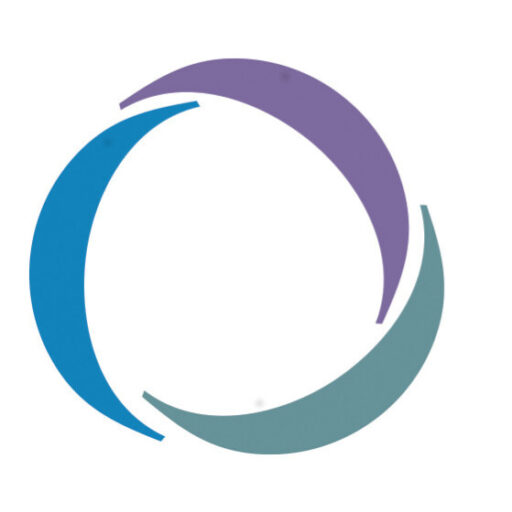
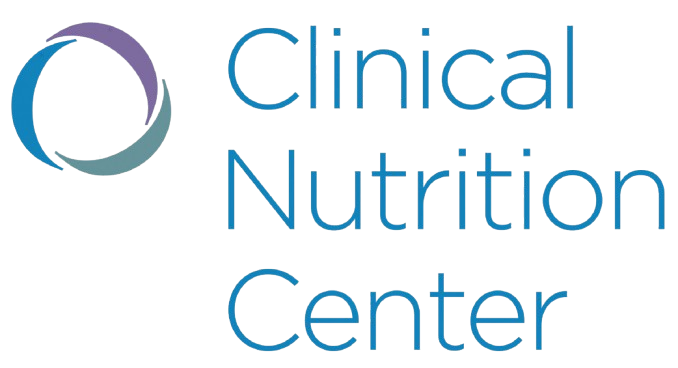
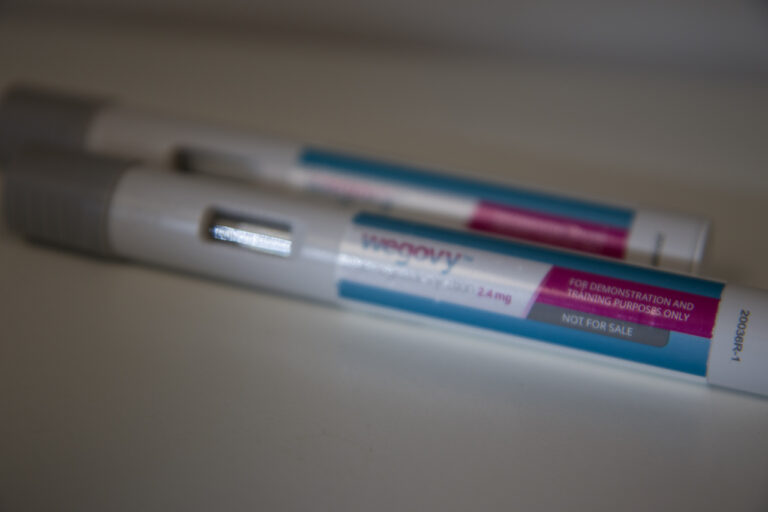
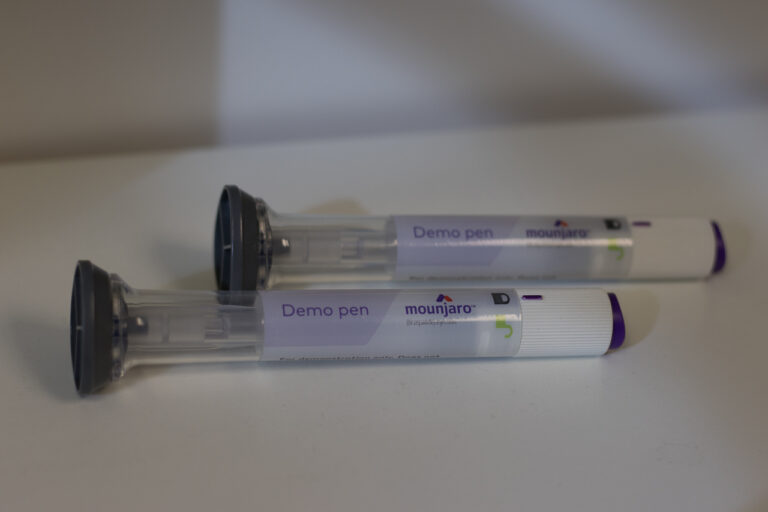
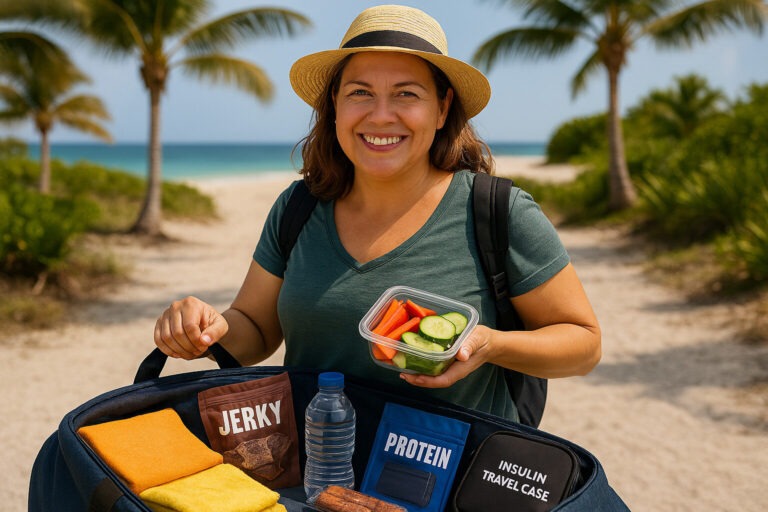
Simple weight loss diet plans seem to have flown through the window lately. Now days, every diet seems to have a gimmick or need a celebrity endorsement for it to rank as a success and gain any attention.
link removed
Thanks